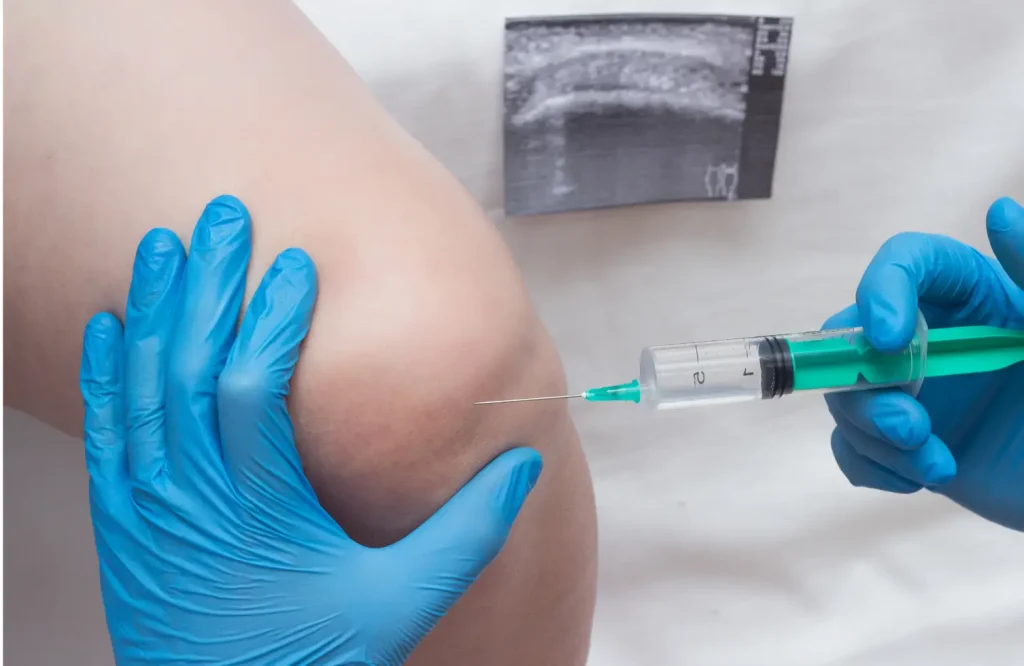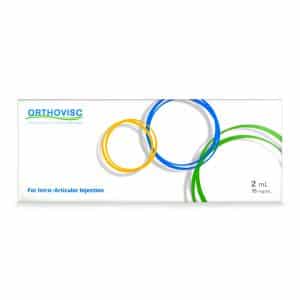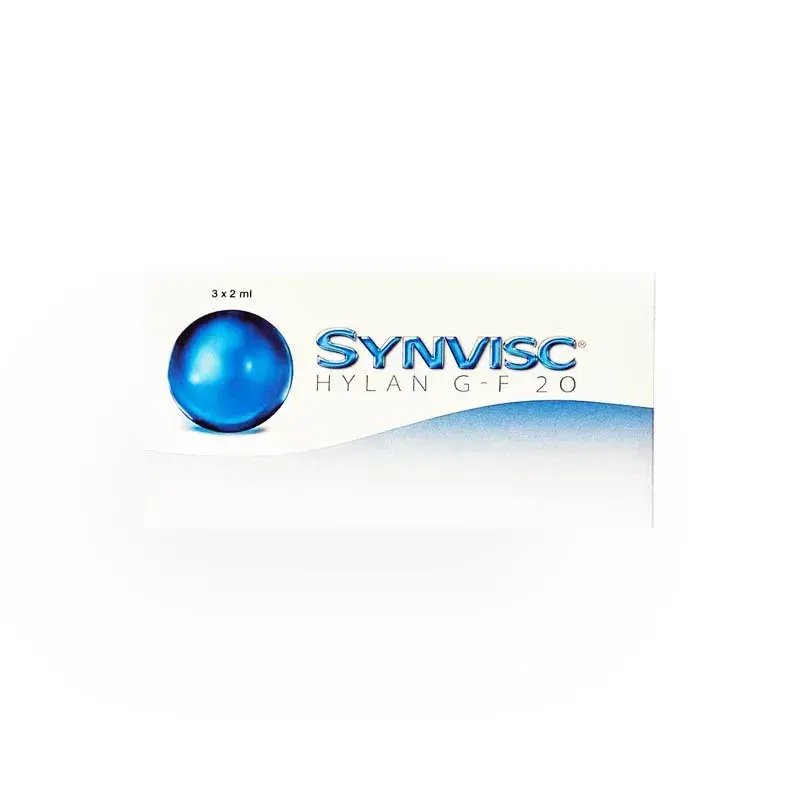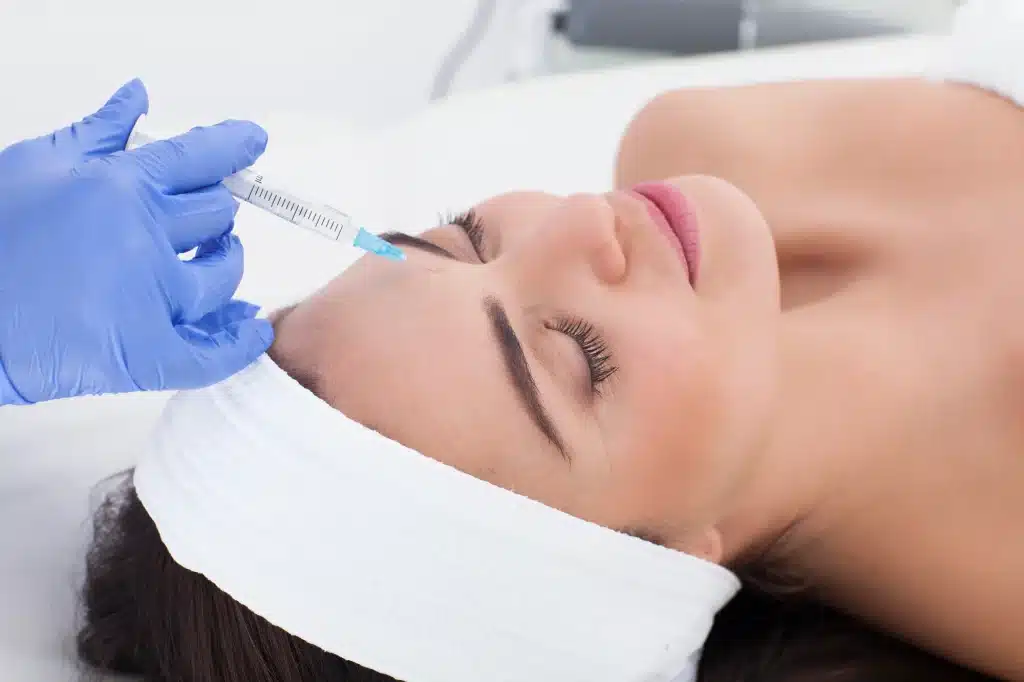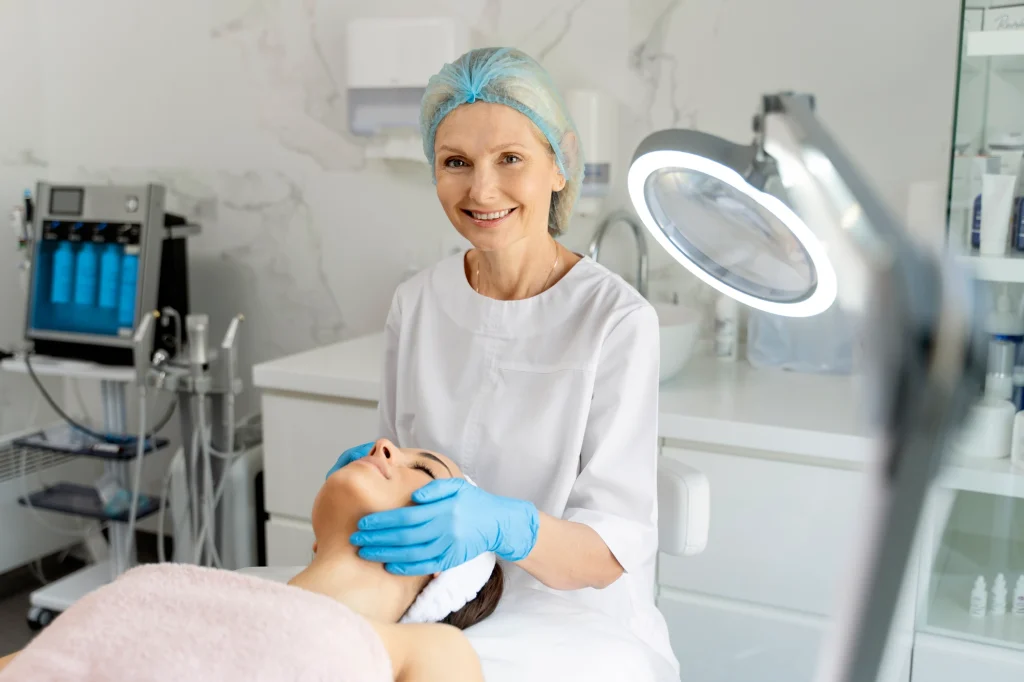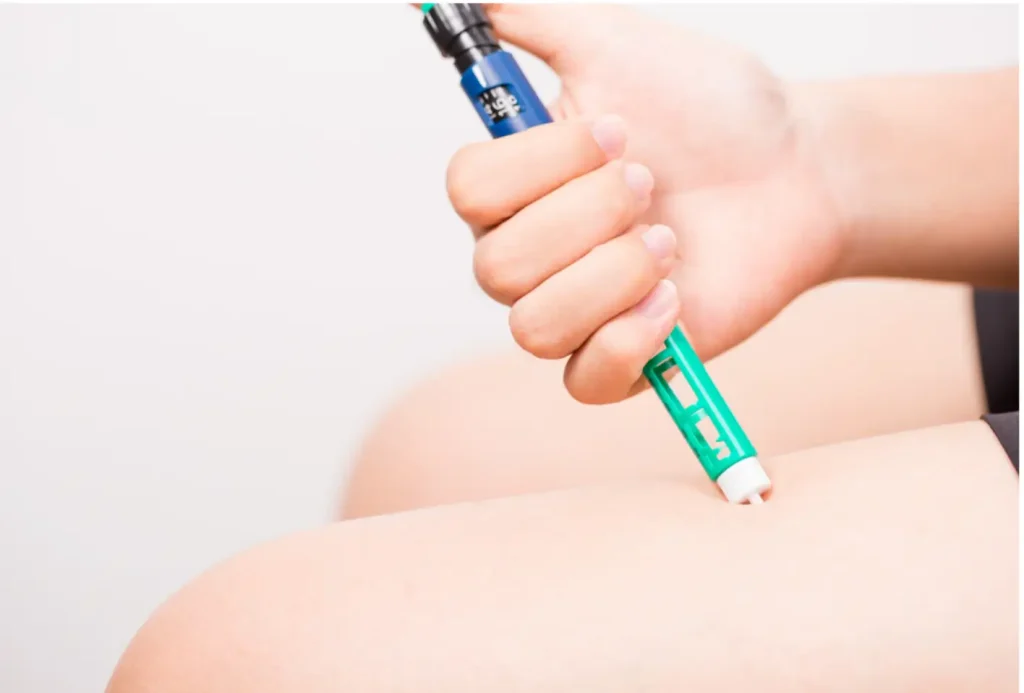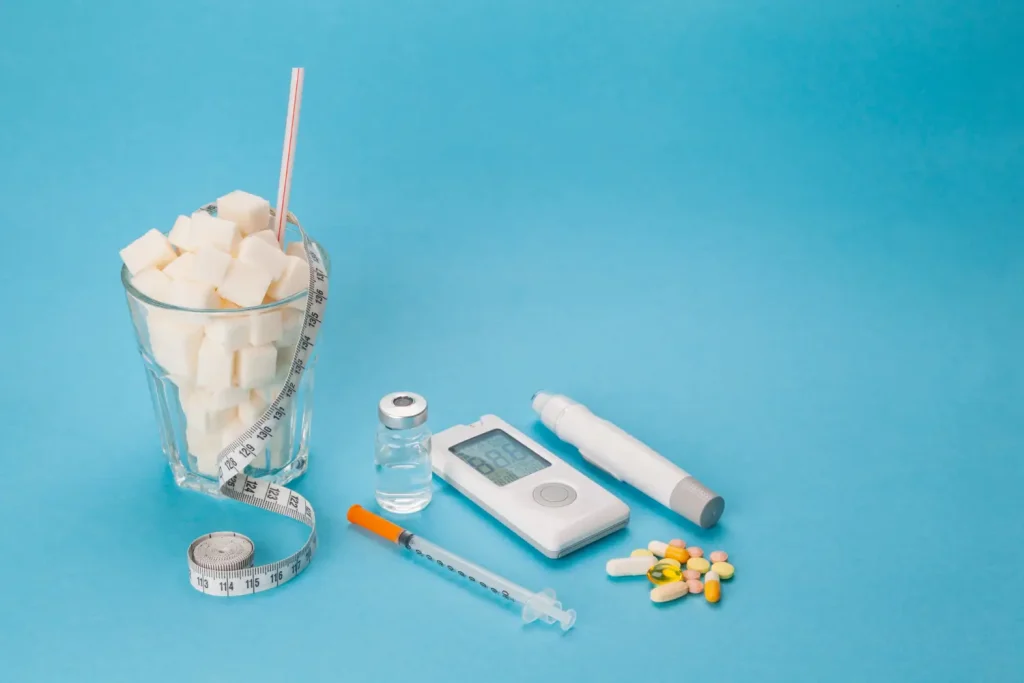Knee osteoarthritis is a major cause of joint pain and mobility loss, affecting millions worldwide. As cartilage wears down and the joint loses its natural cushioning, even simple movements, like walking or climbing stairs, can become painful. Research shows the condition is increasingly common among older adults and women, highlighting its growing impact on aging populations.
To help manage these symptoms, healthcare providers often use injectable treatments that restore the knee’s natural lubrication. One trusted option is Orthovisc, a high–molecular–weight hyaluronic acid injection designed to relieve pain and support smoother movement. It is administered through a structured series of injections to reduce discomfort and improve joint function.
This guide explains the Orthovisc dosage schedule, what patients can expect during treatment, how long results may last, and why it is a reliable non-surgical therapy for managing knee osteoarthritis.
Key Takeaways
- Orthovisc is a hyaluronic acid–based injection used to relieve knee osteoarthritis pain by restoring joint lubrication and improving mobility.
- The standard treatment includes three weekly intra-articular injections. Some clinicians may add a fourth, but the labeled regimen is three.
- Pain relief may not be noticeable until after the third injection, with benefits often lasting up to six months.
- A personalized Orthovisc dosage schedule accounts for each patient’s joint condition, overall health, and treatment response.
- Most patients tolerate Orthovisc well, experiencing only mild, temporary side effects like swelling or stiffness.
- When administered under proper medical guidance, Orthovisc provides a safe, non-surgical option to reduce pain and support long-term joint health and function.
About: Medical Spa RX provides medical practices with premium products at the best prices. If you’re looking to buy Orthovisc online for your practice, the sales representatives at Medical Spa RX can give you guidance.
How the Standard Orthovisc Injection Series Works
The Orthovisc injection schedule is designed to gradually improve joint lubrication and reduce pain associated with knee osteoarthritis. Standard treatment consists of three intra-articular injections, each administered one week apart. In some practices, a fourth injection may be considered; however, the labeled regimen is three. Each injection contains highly purified hyaluronic acid, a natural substance found in healthy joint fluid that provides cushioning and lubrication for smooth movement.
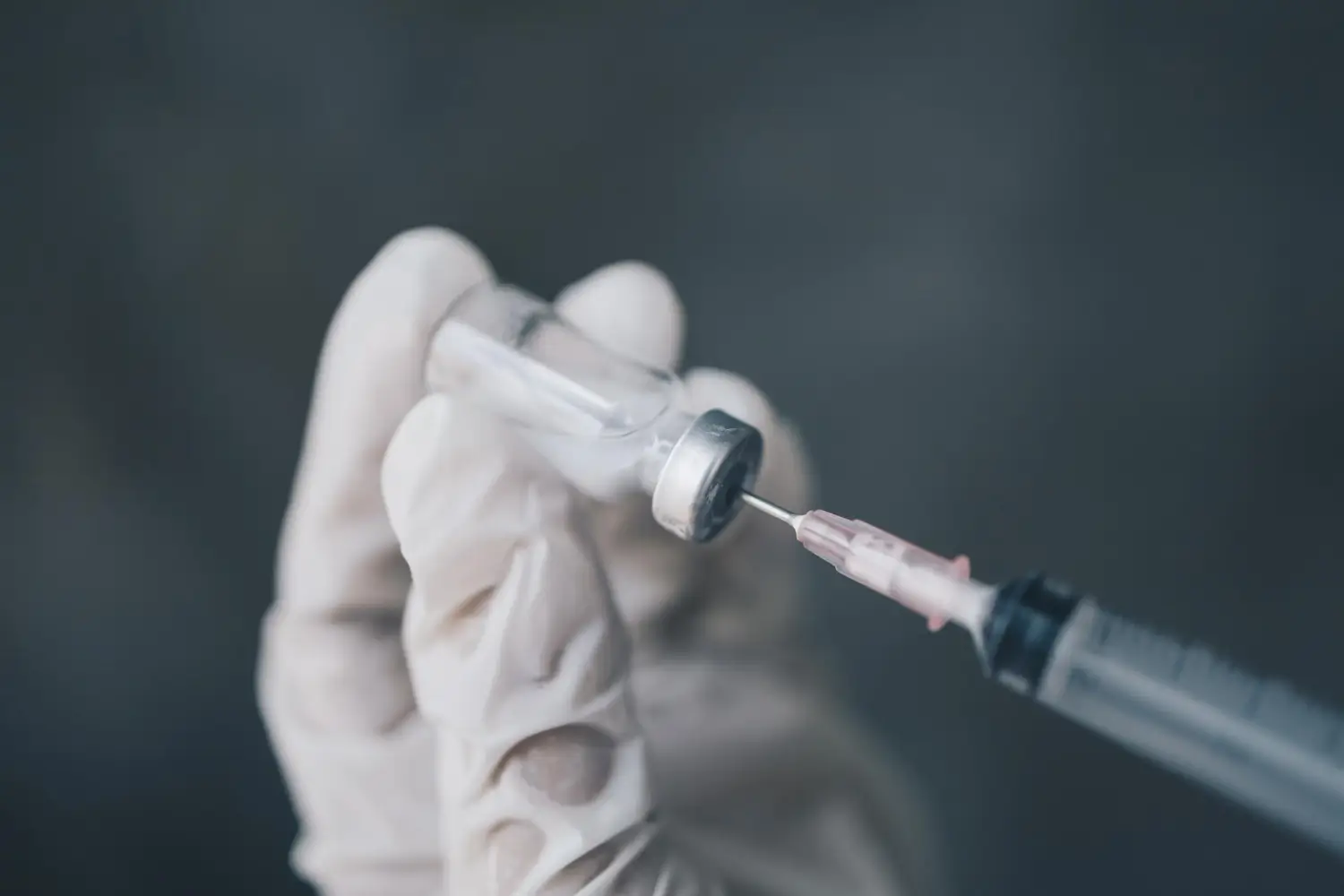
Patients often ask, “Is Orthovisc a steroid injection?” The answer is no. Orthovisc does not contain steroids. Instead, it supplements depleted hyaluronic acid levels in the knee to enhance joint lubrication, alleviate pain, and promote mobility.
Some patients experience relief after the second injection, but pain reduction may not be evident until after the third injection. Completing the full series provides more consistent and longer-lasting results compared to short-term medications or temporary interventions.
Factors That Influence the Orthovisc Dose Plan
While the standard Orthovisc dosage follows a weekly three-injection schedule, individual factors can influence how treatment is planned. Before finalizing the regimen, clinicians assess several key elements:
- Severity of Osteoarthritis: Advanced joint damage may warrant completing the standard three-injection series, with re-treatment considered based on clinical response.
- Overall Health Condition: Conditions such as autoimmune disorders or metabolic disease can influence how the body responds to the injections.
- Patient Age: Older patients may require careful assessment and monitoring, but the injection dose itself is fixed. Treatment planning focuses on overall health, eligibility, and expected response.
- Previous Injection History: Patients who have had prior viscosupplementation may respond differently depending on current joint status.
- Individual Response to Treatment: Some patients experience earlier pain relief, while others notice improvement only after completing the series.
What Patients Can Expect From an Orthovisc Treatment Cycle
Knowing what to expect helps patients prepare for treatment and set realistic goals. An Orthovisc treatment cycle generally follows these steps:
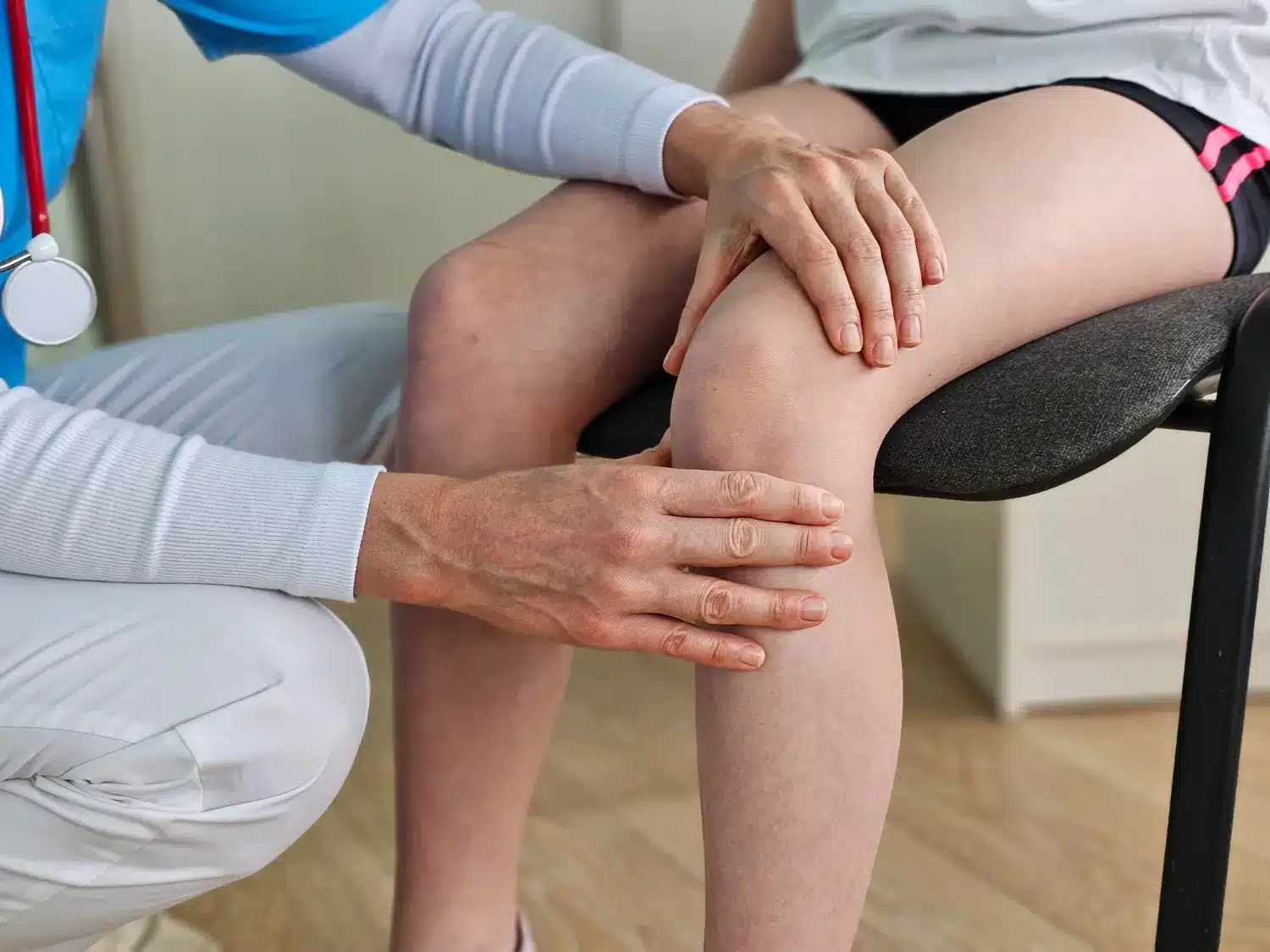
- Initial Consultation: The clinician examines the affected knee, reviews medical history, and confirms if Orthovisc is suitable. This step rules out contraindications such as infection at the injection site or hypersensitivity to hyaluronate products.
- First Injection: The area is sterilized before Orthovisc is injected directly into the joint space. Mild swelling, stiffness, or soreness may occur afterward but usually resolves within a few days.
- Subsequent Injections: Weekly follow-up sessions continue until the full series is completed. Patients are encouraged to note improvements in mobility, stiffness, and pain levels during this period.
- Treatment Completion: The cycle concludes after the final injection. Pain relief may not be evident until after the third dose, and improvements often continue for several weeks.
- Results Monitoring: Symptom relief may last up to six months. If pain gradually returns, clinicians may recommend another cycle.
Most patients tolerate Orthovisc well. Side effects are typically mild, and regular follow-up ensures prompt management of any concerns, helping to achieve safe and lasting results.
Best Practices for Clinicians When Administering Orthovisc
Clinicians play a vital role in delivering Orthovisc safely and effectively. Following established best practices helps ensure consistent outcomes and patient satisfaction:
- Thorough Pre-Treatment Evaluation: Confirm osteoarthritis diagnosis, rule out infection, and review medications before initiating therapy.
- Aseptic Injection Technique: Use sterile procedures to prevent infection and ensure precise placement of Orthovisc within the joint.
- Patient Education: Clearly explain the injection schedule, expected timeline of relief, and common side effects to encourage adherence.
- Monitoring Progress: Assess changes in pain and mobility after each session to determine if adjustments are necessary.
- Post-Treatment Care: Advise patients to avoid strenuous activity or prolonged weight-bearing for 48 hours after each injection.
- Re-Treatment Planning: Evaluate patients once symptom relief lessens and consider repeating the series when clinically appropriate.
Following these guidelines promotes patient comfort, treatment safety, and consistent symptom improvement over time.
Conclusion
The Orthovisc dosage schedule delivers gradual, lasting relief for individuals living with knee osteoarthritis. Completing the full three-injection series helps restore joint lubrication, reduce stiffness, and improve mobility for months.
Clinicians should personalize the plan based on disease severity, overall health, and previous treatment history. Clear communication and adherence to the schedule directly influence results. When applied with care and ongoing monitoring, Orthovisc remains a trusted, non-surgical option for managing chronic knee pain and improving quality of life.
FAQs
1. How many Orthovisc injections are required for one treatment cycle?
Most patients receive three injections, administered one week apart. Some clinicians may include a fourth injection, but the standard labeled regimen is three.
2. How long does pain relief from an Orthovisc treatment cycle last?
Relief often lasts up to six months, though the duration can vary depending on the individual’s joint condition and activity level.
3. Are there any side effects from the Orthovisc injection schedule?
Mild pain, swelling, or stiffness may occur at the injection site. Patients should not receive Orthovisc if they have skin disease or an infection near the injection area.
4. Can Orthovisc be combined with other treatments for osteoarthritis?
Yes. Orthovisc may be used alongside physical therapy, lifestyle adjustments, or pain medications. It should not be mixed with other agents in the same syringe.
5. What should patients avoid after receiving Orthovisc injections?
Avoid heavy lifting, high-impact exercise, and prolonged standing for at least 48 hours after each injection to minimize irritation and promote healing.
References
Geng R, Li J, Yu C, et al. Knee osteoarthritis: Current status and research progress in treatment (Review). Experimental and Therapeutic Medicine. 2023;26(4). doi:10.3892/etm.2023.12180
Durning MV. What is knee osteoarthritis? WebMD. https://www.webmd.com/osteoarthritis/ostearthritis-of-the-knee-degenerative-arthritis-of-the-knee

